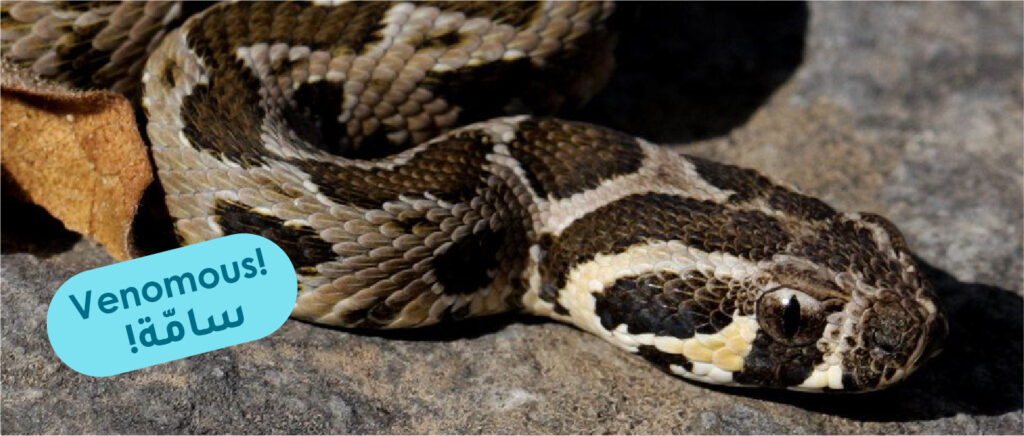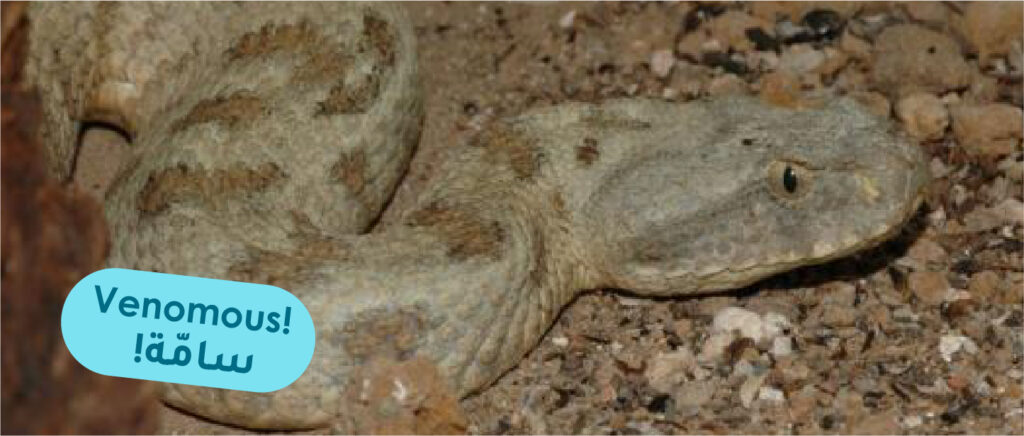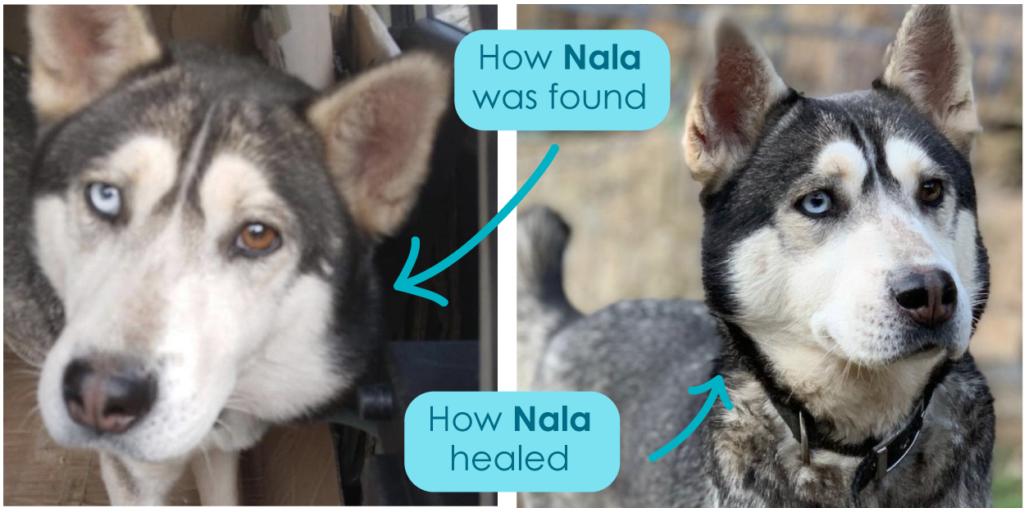What to do if your dog gets bitten by a snake
In the warmer weather, many creatures emerge from hibernation, torpor, or winter inactivity. Since dogs are curious by nature, they will definitely want to check out these seasonal new-comers in their outdoor environment. While chasing birds may seem like a harmless and fun activity for your dog, the same cannot be said for all of these critters. Since Lebanon is home to many diverse reptile species, it should come as no surprise that dogs frequently encounter snakes while exploring. While your dog may not necessarily approach snakes in an aggressive manner, the simple action of sniffing the snake’s body may be enough to provoke it. Often, snakes will respond with a quick bite before fleeing from any potential threats, such as your dog in this scenario. So, what can be done if your dog has an unfortunate rendezvous with a snake? Read on to find out.
1. CALL A VET
Hopefully, this should be the first and most obvious step. If your dog has been bitten by a snake, contact your vet immediately, and treat the matter like the medical emergency it is. The sooner your pup receives treatment, the higher his chances of recovery.
2. IDENTIFY THE SNAKE
If you are able to identify the snake in question, this step is extremely helpful both to you and your vet, especially if you are able to determine whether the species of snake is venomous or not.There are three venomous species in Lebanon:
The Palestinian Viper (Daboia palaestinae):
This snake is stout with a large head and distinct dark markings which contrast with its lighter colored body. It ranges from 70 to 130 cm in length.

The Blunt-Nosed Viper (Macrovipera lebetinus):
This viper also has a large, triangular head and a robust body, with a more faded pattern than the Palestinian Viper. It can grow up to 150 cm in length.

The Lebanon Viper (Montivipera bornmuelleri):
The smallest and rarest of the three vipers, this species only reaches 75 cm at most. It is also only found in high mountain areas. Although it has a similar dark pattern to the Palestinian Viper, the Lebanon Viper’s pattern is more irregular.

3. IF THE BITE IS NOT VENOMOUS:
Even if you are sure the snake was not venomous, you should still see a vet, as the site may get infected, bruised, or swollen. Your vet will likely treat it like a puncture wound, and your dog’s recovery will be relatively quick and easy.
4. IF THE BITE IS VENOMOUS:
If you are sure the snake is venomous, it is even more imperative to have your dog seen by a vet in a timely fashion. In this scenario, try to remain calm, because your dog may pick up on your stress and react adversely, possibly increasing the circulation of venom within the body. Instead, try to keep your beloved companion as still as possible, as this will in turn slow the spreading of the venom. If you can see the wound, rinsing it with water may also help, as will keeping it below the level of the heart. Remember, the closer to the heart the bite is, the more fatal the effects of the venom will be. When you finally do reach your vet, your dog will be promptly treated with antivenom and possibly hospitalized.

Although most dog guardians are rightfully alarmed by snake bites, the majority of dogs bitten survive if rushed to a vet in time.c So, we hope that your four-legged friend never crossed paths with these slithering reptiles, but we also hope that you have benefitted from this article, and that now you may be prepared in case of any dangerous encounters your dog might have.
Best regards,
The GMAP Team.

